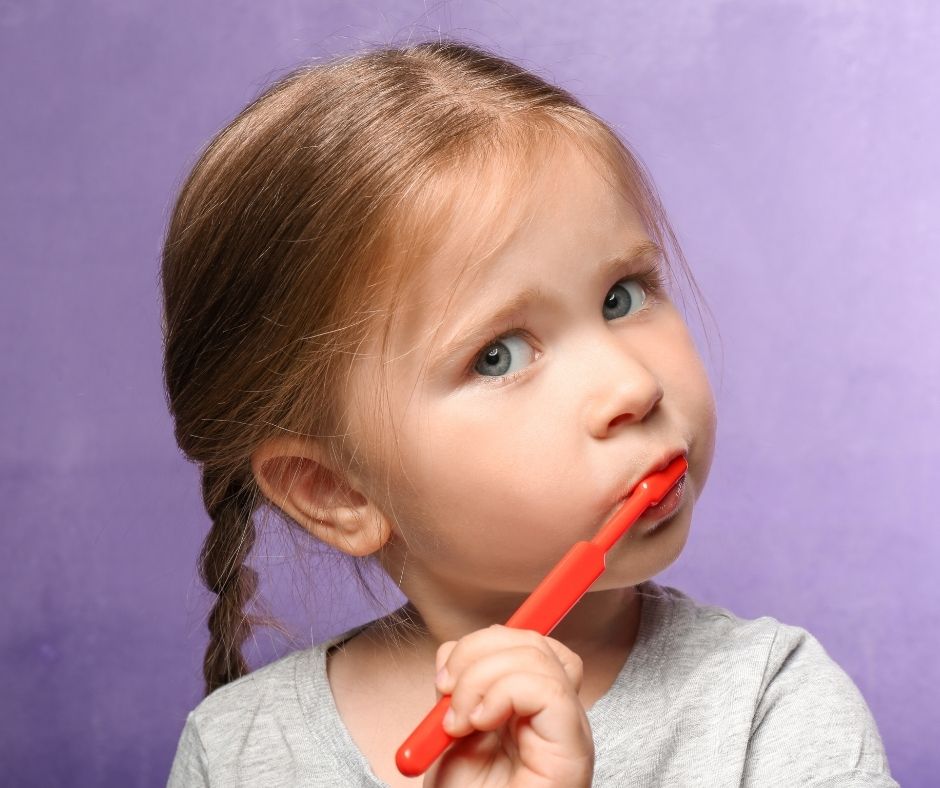Start Dental Care Early For Children With Special Health Care Needs

Dental tips to parents of children with special health care needs.
The texture of a toothbrush’s bristles can be enough to make dental hygiene an uncomfortable undertaking for children with special health care needs.
And because children with autism spectrum disorders, cerebral palsy, Down syndrome, and other conditions are sometimes more likely to develop habits that affect oral health — like eating sugary foods or chewing on inedible objects — it’s imperative to get them into a consistent rhythm of toothbrushing.
That is not always easy, though. Every child has “ups and downs,” according to Isabelle Chase, DDS, a senior associate in the Department of Dentistry at Boston Children’s Hospital. “There are always times when they don’t want to do what they need to do.”
That’s why Dr. Chase recommends starting a toothbrushing routine when children are infants. As they age, you can integrate fun and interactive experiences that will help them enjoy dental care and accept that they need to keep their teeth and gums healthy.
It’s all about building a toothbrushing routine
Children with special health care needs have difficulty adapting to changes in routine and processing any differences that arise from new experiences, says Nicole Baumer, MD, director of the Down Syndrome Program and a physician in the Autism Spectrum Center. They might be frightened by a visit to the dentist. They can also have sensory sensitivities that make them resist the feeling of toothbrush bristles or the taste of flavored toothpaste. These and other hurdles align with research that shows children with special health care needs have a higher risk of dental disease.
Dental hygiene can be manageable, if you brush your child’s first tooth as soon as it emerges, dabbing only a tiny smear of toothpaste with fluoride on the brush. This early start establishes a routine your child will come to expect. As they age, you can incorporate this and other steps that will help them focus on the task and eventually handle most of the brushing themselves:
Brush with a small dab of fluoride-based toothpaste twice a day, every day. If your child doesn’t like flavored toothpaste, try a flavor-free brand, as long as it has fluoride, which strengthens teeth and prevents decay.
Combine toothbrushing with other daily routines or preferred activities. Brushing can be done in the bathtub, for instance. Or your child can step away from the bathroom and lie on a bed or soft carpet while holding a book, mirror, or electronic device as you brush hard-to-reach teeth. It’s about making the experience more comfortable.
When your child is young, you’ll do most of the brushing. As your child ages and builds dexterity, you can alternate holding the toothbrush, letting them take over for as long as they can or want. Your turn is an opportunity to make sure their brushing has been thorough. When they have full manual dexterity — tying their own shoelaces or being able to color inside lines are good indicators — they can do most, if not all, of the brushing. Parental assistance might continue into adulthood for those who don’t have full use of their hands.